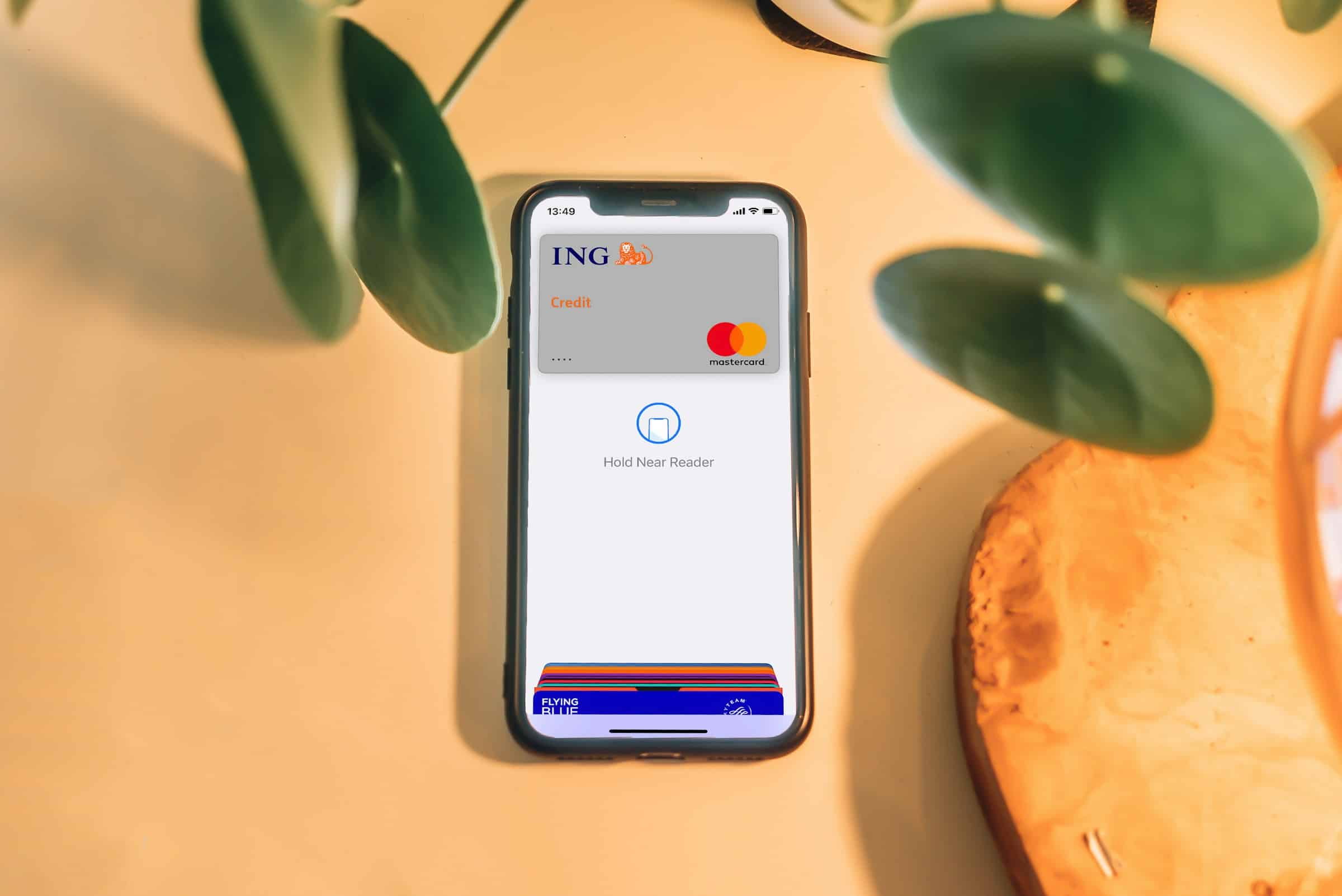The world of banking has undergone a remarkable transformation in the digital age. As more users migrate from traditional banking systems to mobile banking, the need for a user-friendly and secure mobile banking app has become paramount. This article outlines the essential steps for developing a user-friendly mobile banking app in the UK, guiding you through the intricacies of app development with a professional and insightful approach.
Understanding the Market and User Needs
Before diving into the development process, it’s crucial to understand the market and the specific needs of your potential users. The financial landscape in the UK is diverse and competitive, with several banking apps vying for users’ attention. The primary goal here is to identify the needs and preferences of your target audience.
Cela peut vous intéresser : What are the steps to create a mobile app for streamlining UK healthcare administrative processes?
Market Research
Begin with comprehensive market research to grasp the current trends in mobile banking. Analyze existing banking apps, study their features, and read user reviews. This helps in identifying what’s working and what isn’t. Pay attention to the specific needs of UK residents, such as security features, UI preferences, and financial services. Knowing your competitors and understanding the gaps in their offerings can give you a strategic advantage.
Identifying User Pain Points
Focus on identifying the pain points of users with current banking applications. Common issues might include complicated user interfaces, lack of intuitive features, or inadequate security measures. Surveys, focus groups, and direct feedback from potential users can provide valuable insights. Understanding these pain points allows you to create a user-friendly experience that addresses these concerns effectively.
En parallèle : How to use big data to predict and mitigate supply chain disruptions in UK manufacturing?
Defining App Features
Based on your research, define the core features your app will offer. These could range from basic functionalities like account management and money transfers to advanced features such as investment tracking and personalized financial advice. Ensuring your app caters to the needs of UK users can set it apart in a crowded market.
Developing a Robust Tech Stack
Choosing the right technological framework is crucial in creating a mobile banking application that is both functional and user-friendly. The tech stack you decide on will significantly impact the app’s performance, scalability, and overall user experience.
Selecting the Right Platform
Decide whether to develop a native app for iOS or Android, or opt for a cross-platform solution. Native apps generally offer better performance and a more seamless integration with the device’s features, but developing separately for each platform can be costly. Cross-platform development, on the other hand, can save time and resources but might compromise on performance.
Choosing the Backend Technologies
The backend of your banking app is where the magic happens. Ensure you choose reliable and secure technologies to handle user data, transactions, and interactions with third-party services. Technologies like Node.js, Python, and Ruby on Rails are popular choices due to their robustness and efficiency. Additionally, integrating with secure databases such as PostgreSQL or MongoDB is essential for handling sensitive financial data.
Ensuring Security
Security cannot be overstated in the world of mobile banking. Implementing strong encryption methods, secure login processes, and compliance with regulatory standards like GDPR is non-negotiable. Utilize two-factor authentication, biometric verification, and regularly updated security protocols to protect user information and build trust.
Designing an Intuitive User Interface
A key element of a user-friendly mobile banking app is its interface. The user interface (UI) should be intuitive, visually appealing, and easy to navigate. A well-designed UI can significantly enhance the user experience, making complex financial tasks straightforward and stress-free.
Wireframing and Prototyping
Start with wireframing to outline the basic structure of your app. This involves creating simple sketches of the app’s interface, focusing on the placement of elements and navigation. Prototyping is the next step, where you create a more detailed, interactive model of the app. This helps in testing the usability and functionality of your design before moving on to full-scale development.
User-Centric Design Principles
Adopt a user-centric approach in your design. This means prioritizing the needs and preferences of the users in every design decision. Use large, readable fonts; ensure buttons and touchpoints are easily accessible; and provide clear, concise instructions. The design should be clean and uncluttered, with a logical flow that guides users seamlessly through different tasks.
Accessibility
Accessibility is a critical aspect that should not be overlooked. Ensure your app is usable by people with disabilities by incorporating features like screen readers, high-contrast modes, and voice commands. An accessible design not only broadens your user base but also demonstrates a commitment to inclusivity.
Streamlining the Development Process
A structured and efficient development process is paramount in bringing your mobile banking app to life. This involves close collaboration between various stakeholders, meticulous planning, and a focus on continuous improvement.
Agile Development Methodology
Adopting an agile development methodology can significantly enhance the efficiency of your development process. Agile focuses on iterative progress, with regular feedback and adjustments. This allows you to respond quickly to changes and ensure the app evolves according to user needs and market demands.
Collaboration and Communication
Effective communication between developers, designers, and stakeholders is crucial. Regular meetings, detailed documentation, and open channels for feedback can help in identifying and resolving issues promptly. Collaboration tools like JIRA, Trello, or Slack can streamline communication and project management.
Testing and Quality Assurance
Rigorous testing is an essential step in the development process. Conduct comprehensive tests to identify bugs, performance issues, and security vulnerabilities. Use a combination of automated and manual testing to cover all bases. User beta testing can also provide real-world insights into the app’s functionality and user experience.
Launching and Maintaining the App
The journey doesn’t end with the app’s launch. Continuous maintenance, updates, and user support are vital to keep the app relevant and functional. A successful launch strategy and a robust maintenance plan can ensure sustained user engagement and satisfaction.
Marketing and Launch Strategy
Develop a solid marketing strategy to promote your app. Utilize social media, email campaigns, and partnerships with influencers to reach your target audience. Highlight the unique features and benefits of your app to attract users. A well-planned launch event can also generate buzz and encourage initial downloads.
Gathering Feedback
After the launch, actively gather feedback from users to understand their experiences and identify areas for improvement. User reviews, in-app surveys, and social media interactions can provide valuable insights. Use this feedback to prioritize updates and enhancements.
Regular Updates and Maintenance
Regular updates are crucial to keep your app secure and up-to-date with the latest technological advancements. Address any bugs or issues promptly and continuously improve the app’s features based on user feedback. Providing excellent customer support can also enhance user satisfaction and loyalty.
Creating a user-friendly mobile banking app in the UK involves a meticulous and well-planned process. By understanding the market, selecting the right tech stack, designing an intuitive interface, streamlining the development process, and ensuring continuous maintenance, you can develop an app that meets the needs of your users and stands out in the competitive financial landscape. With a strategic approach and a focus on security and user experience, your mobile banking app can provide seamless digital banking services and foster long-term customer loyalty.






